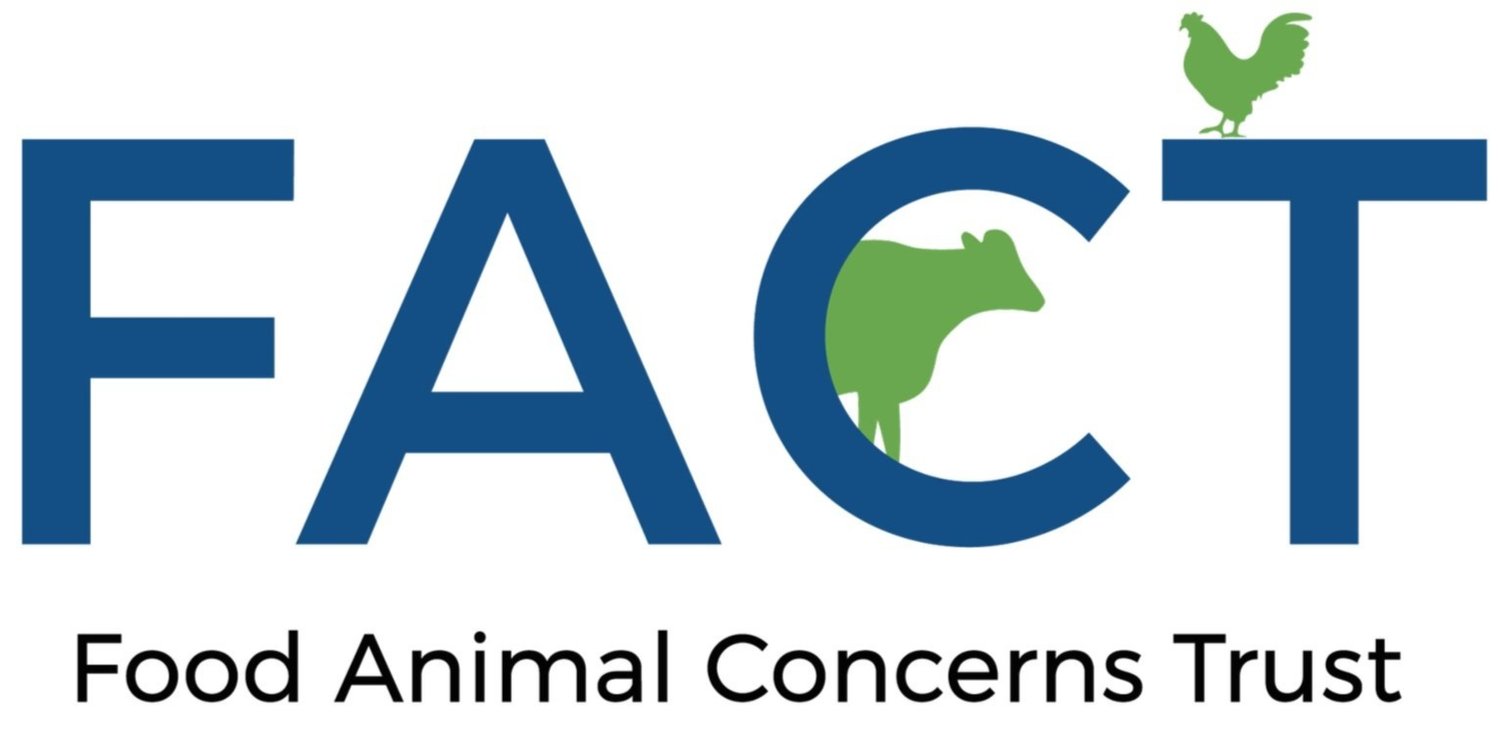A Summer Day in the Life of a Humane Livestock Farmer: Part 2
A Summer Day at Lydia’s Flock Icelandic and Shetland Sheep
By Lydia Strand, FACT’s Humane Farming Assistant
Washington is known as the Evergreen State, thought of as a place with significant rainfall and lush flora, year-round. This summer, in line with summers over the last five years or so, has proven that this region isn’t looking as green and lush as it used to in summers past.
Summer has been historically drier in Western WA than the rest of the farming year but we are seeing significantly longer periods without measurable rainfall, upwards of eight weeks in some areas. Because of the bureaucracy and red tape around agricultural irrigation and access to water rights, our unirrigated pastures are very dry and much of the forage has gone dormant.
To keep our flock of 110 sheep healthy and comfortable on the pasture, we continue to move them to rested pasture every four-seven days. We also feed out (expensive) hay to ensure they are receiving plentiful nutrition and aren’t grazing the pasture down below four inches. We use 12’ trampolines, that my husband acquired for free from Craigslist or Facebook Marketplace to offer shade to the sheep and their seven livestock guardian dog companions. These trampolines are even used in areas where shade is available throughout the day so everyone has plentiful, comfortable space to hang out without feeling crowded. These trampolines also allow us a way to facilitate mineral feeders on pasture so the sheep are never without their supplemental nutrition.
A typical summer day on our 48-acre farm begins with morning chores at 6 am. My husband takes care of our flock of 60 pastured laying hens as I prepare breakfast for our seven Great Pyrenees livestock guardian dogs and Guernsey heifer, cow and her heifer calf. Hay is taken out to the pasture to feed the sheep. My husband starts feeding them while I get the dogs all situated with their food and dump and refill water tubs, then jump in to finish feeding the sheep.
We move the trampolines within the pasture daily so the manure the sheep leave when they’re resting isn’t collecting in one spot. I walk through and check all the sheep, ensuring that everyone is vigorously eating their breakfast. As the sheep walk up to their meal, I watch for any limping or other potentially concerning behavior that requires immediate attention. All the animals are checked again at midday, water tubs are dumped and refilled or topped off as needed.
Chores look very much the same in the evening, which begin at about 5:30 pm. My husband collects eggs before starting the rest of the chores and once everyone has been fed, our Guernsey cow comes into the barn, with her heifer calf in tow, for her daily milking. This is a recent addition to the farm and we are adjusting to this new routine.
Summer is fleeting. The animals are letting us know that fall is just around the corner. Our laying hens are slowing down in their egg production, the rams have become increasingly interested in the ewes and letting each other know who’s in charge. Farming is never stagnant, every season is in flux, preparing us for the one to come.

